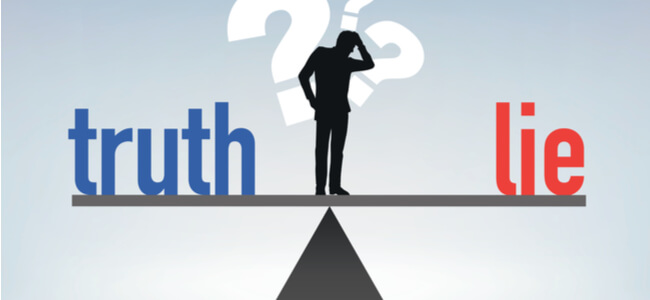The Origins Of South Asian DNA Per Country

Today, when we discuss South Asia, we are usually referring to the modern-day states of India, Pakistan, Sri Lanka, Nepal, Bangladesh, and Bhutan.
These places are hosts to nearly 20% of the entire world population.
Studying South Asian DNA provides valuable insights into history, migration, culture, ethnicity, and other important factors.
If you suspect or know you have South Asian ancestry or are simply curious, keep reading to learn important information about major countries like India, Pakistan, Nepal, and more.
History of South Asian Migration
Researchers have been able to understand and trace migration patterns of South Asians over many years through careful analysis of ancient genomes.
This gives us crucial insights into the timing of important demographic and cultural movements.
By understanding this information, we can learn more about South Asian ancestry, ethnicity, movement, and development.
One singular important invention helped to encourage migration to Pakistan and northern India. That invention, we now know, was farming.
Indo-European farmers arrived around 7,000 B.C.E. and brought with them many important tools, including wheat, cows, and a particular language.
This group of people, known as the Neolithic people, founded the great Indus Valley Civilization. From there, migration continued to spread throughout southern Asia.
India
Through studying DNA from India, scientists have gathered a lot of important information about people, migration, and ethnicity.
India is a culturally rich and diverse country, with many subgroups stemming from different areas and points in history.
Researchers have learned that the Y-chromosome known as Haplogroup R1a originated in the region some 22,000- 25,000 years ago.
In India, a large percentage of this group can be seen in:
- West Bengal Brahmins: 72%
- Gujarat Lohanas: 60%
- Khatris: 67%
- Iyengar Brahmins: 31%
The more we understand how different ethnicities and groups originated, the better researchers can trace migration and ethnicity.
This comes in handy, especially when you are trying to learn more about your ancestry or trying to fill in an extended family tree.
Pakistan
Similarly to India, researchers have traced the same Haplogroup R1a to areas in Pakistan. This includes:
- Mohana of Sindh Province: 71%
- Baltis of Gilgit-Balistan: 46%
This is, of course, just one small piece of genetic information.
However, the example of the Haplogroup R1a shows us the similarities of origin and ethnicities of people across the southern Asia region.
One study of mitochondrial DNA led researchers to understand that populations of Pakistan show the lowest coefficient of genetic differentiation with the northern Indian populations and a higher differentiation with southern Indian peoples.
So while the modern-day states may be very much different in culture, social, and geographical facts, their origin and the distribution of people must have been quite similar at one point in time.
Nepal
Nepal, a country in South Asia, is situated mostly in the Himalayan region though it also includes a section of the Indo-Gangetic Plain.
Given its proximity to India and Pakistan, it is no wonder that there are genetic similarities to people in the region.
If we look at the R1a, part of the Y chromosome we’ve seen so far in India and Pakistan, we learn the following:
- In the Terai region of Nepal, people show R1a1 at 69%
- This is similar to what we see in India and Pakistan
In the past, sections of northern Nepal were immersed in the culture of Tibet. Additionally, Nepal’s Kathmandu Valley was intertwined with the culture of Indo-Aryans.
The famous Silk Road, an ancient network of trading routes, was dominated by this valley’s traders.
These are just a few small examples of the diversity and movement present in the Nepal region that has led to great genetic diversity.
Sri Lanka
Sri Lanka, next on our list in South Asian countries, is an island country situated in the Indian Ocean, southwest of the Bay of Bengal, and southeast of the Arabian Sea.
If we take the same Y-chromosome R1a1 that we have compared with Nepal, Pakistan, and India, we learn the following:
- 23% of the Sinhalese people were found to be R1a1 positive
- This is lower than we have seen with other South Asian countries
Sri Lanka boasts a documented history of over 3,000 years. Other evidence, however, shows prehistoric settlements dating back in the Sri Lankan region as far back as 125,000 years ago.
As an island, Sri Lanka’s history, migration of people, and potentially even the genetics of its populations may differ due to restricted movement.






